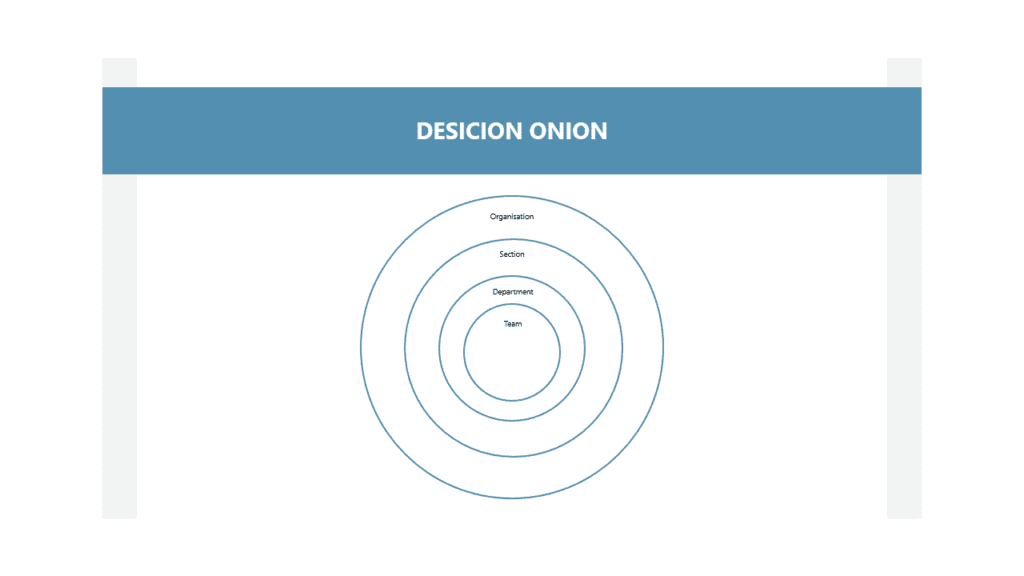The term “prevention paradox” was described in the early 1980s by the British epidemiologist Geoffrey Rose using coronary heart disease as an example, explains public health expert Martin Sprenger. It poses a fundamental dilemma for population – and risk group – related prevention. The key message is that a preventive measure that is of great benefit to the people and communities brings less to the individual – and vice versa.
In recent weeks, this term has been in the media again and again in connection with the Covid 19 pandemic: due to the lock-downs in Germany and Austria, the situation had initially eased to such an extent that its usefulness was called into question. According to the motto: “Why all this, nothing happened anyway? People are becoming “Corona tired”.
Applied to measures in the corporate sector, we consider, for example, the topic of occupational health and safety. Helmets, work shoes, protective clothing etc. – is this all necessary? “Nothing has ever fallen on my head.” “I’m careful, anyway.” Occupational safety is often considered annoying or even superfluous – as long as no accidents happened at work. But if an arm is cut off or a leg is smashed, it becomes apparent what could have been prevented. Too late.
Communicate measures
The proper communication of appropriate measures plays an important role here. Prof. Dr Tatjana Schnell from the University of Innsbruck and the psychologist PD Dr. rer. nat. Henning Krampe from the Charité has conducted a study with more than 1500 people. Schnell: “If the sense of meaning is not apparent, it is difficult for many people to maintain self-imposed restrictions”. If interest groups and minorities are democratically involved in decision-making, self-control has less to do with obedience than with an informed, personal decision.
Indeed, not everyone in an organisation can be asked if it comes to business decisions. This makes it more important to communicate these decisions at all levels. At Coverdale, we work with the so-called “decision onion”.

This tool allows, for pending decisions, to
- make a change of perspective
- clearly define the purpose of the decision on a “what for”?
- develop a “big picture” of the decision
- describe each area what each individual can contribute
Not every corporate decision that serves a definite purpose in the long term is immediately comprehensible at the team level or for the individual employee.
To this end, we first change our perspective, develop in the course of the decision-making process what positive or negative effects the decision will have for each area and then assign these to the respective levels.
An essential part of communication is the definition of the purpose of the measure down to the “ego level”: “What is the purpose of all this? “What am I doing all this for?”
This subsequently facilitates communication “from top to bottom”. The managers or persons in charge receive a “big picture“, know their way around and are aware of the advantages and challenges in implementing the measure.
Or, to conclude, to turn the quote from Prof. Dr Schnell into a positive one: If the sense of a measure is evident to me, I am more willing to support decisions and make my contribution.


Recent Comments